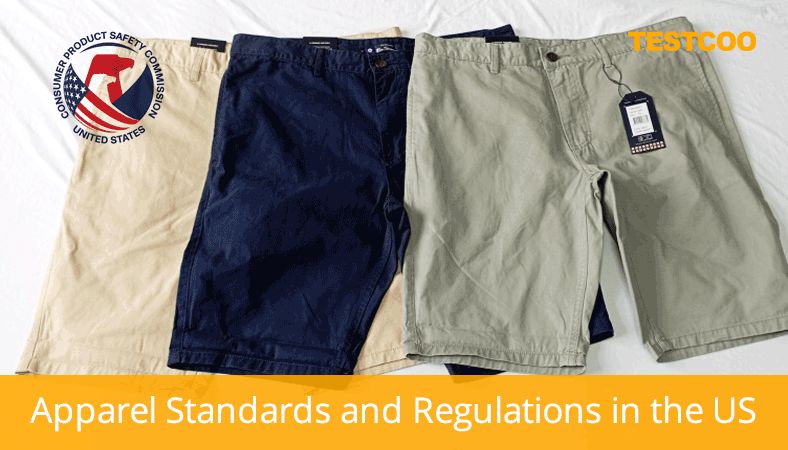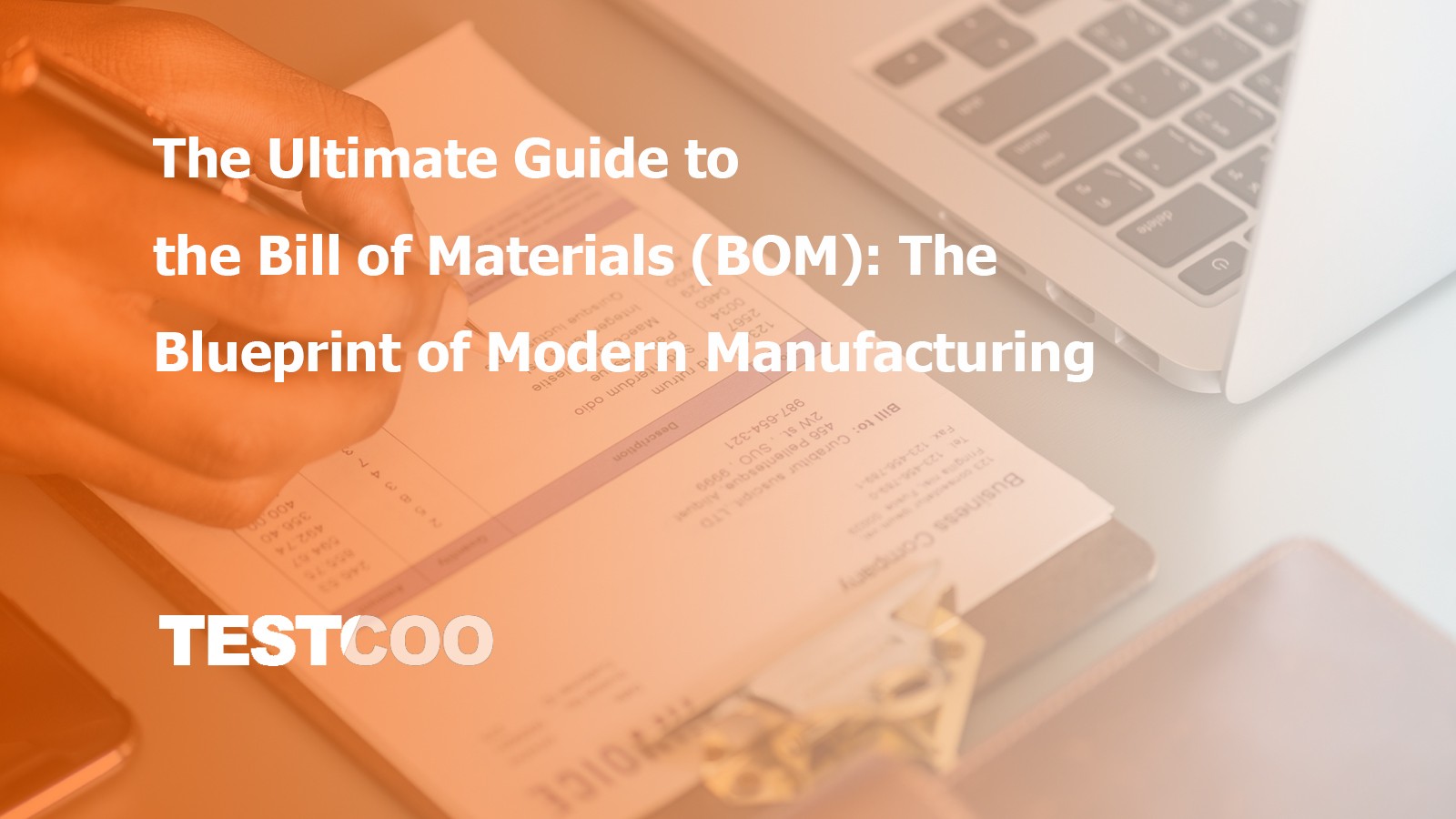Apparel Standards and Regulations in the US - A Guide to Compliance
Wearing apparel manufactured, imported, and sold in the United States is subject to a series of standards and regulations concerning labeling requirements, fire safety standards, chemicals, and heavy metals restrictions. Manufacturers and importers are both responsible for ensuring that their apparel complies with all applicable product safety standards in the US.
This article aims to outline key considerations that US buyers should be aware of regarding these standards and regulations for apparel and textile products.
Contents
Apparel Standards and Regulatory Requirements in the US Market
1. Labeling Requirements
2. Apparel flammability regulation
3. General Certificate of Conformity (GCC)
4. American Association of Textile Chemists and Colorists (AATCC)
5. Substantial Product Hazard List (16 CFR Part 1120) – Drawstrings in Children’s Upper Outerwear
6. ASTM Textiles Standards
7. Consumer Product Safety Improvement Act (CPSIA)
8. Federal Hazardous Substances Act (FHSA)
TESTCOO Inspection's Expertise in Apparel Quality Control
Apparel Standards and Regulatory Requirements in the US Market
↵
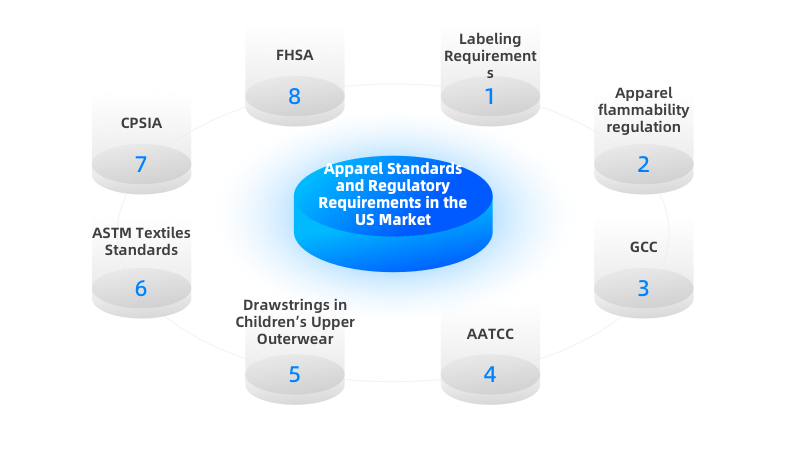 Import to or sell in the US is required to test the product in accordance with the CPSC’s regulations for apparel and issue a General Certificate of Conformity (GCC) that provides evidence of the product’s compliance.
Import to or sell in the US is required to test the product in accordance with the CPSC’s regulations for apparel and issue a General Certificate of Conformity (GCC) that provides evidence of the product’s compliance.
↵
↵
1. Labeling Requirements
↵
↵
↵
↵
Clothing imported and sold in the United States must comply with requirements for labeling products made of cashmere, cotton, down, feather, fur, wool, rayon made from bamboo or other materials; attaching care instructions to garments, and more.
16 CFR Part 303 Rules and Regulations Under the Textile Fiber Products Identification Act requires that certain textiles sold in the United States carry labels disclosing:
- Generic names
- Percentages by weight of the constituent fibers in the product
- Manufacturer or marketer name
- Place of origin
1 ) Wool Products labeling standards
The product including specialty wools like cashmere, camel hair, mohair, alpaca, llama, or vicuna must comply with the Wool Products Labeling Act.
The wool products labeling standards request that the labels must accurately contain:
- True fiber content
- Country of origin
- Name or registered identification number (RN or WPL number) issued by the FTC to the manufacturer or marketer
- A safe cleaning method
Testing is Important
You're responsible for the accuracy of the label, even if you import, distribute or sell wool products manufactured by another company. You can’t necessarily rely on an invoice statement that the goods contain a specified amount of cashmere. Routine testing of fiber contents by a qualified, independent testing lab is the best way to assure accurate labels.
Contact us now to discover more about TESTCOO Lab testing service.
↵
↵ ↵ ↵
↵
↵
Read more: Cachet of Cashmere: Complying with the Wool Products Labeling Act
2) Labeling and Advertising Cotton Products
If you advertise or sell clothing or household items containing cotton, the product labels must reflect the fabric content accurately.
Read more: Calling It Cotton: Labeling and Advertising Cotton Products
3) Care Labeling of Textile Wearing Apparel & Certain Piece Goods
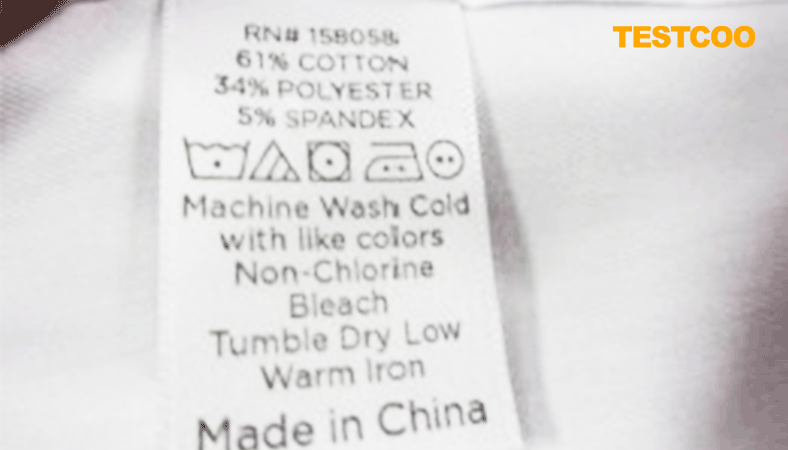
16 CFR Part 423 contains care labeling requirements. It mandates importers and manufacturers of textile wearing apparel, as well as certain piece goods, to include regular care instructions.
Covered products: Textile apparel worn to cover or protect the body; Piece goods sold for making apparel at home.
Excluded products: shoes, gloves and hats, handkerchiefs, belts, suspenders and neckties.
Labeling Clothing
- Attach labels so consumers can easily see or find them at the point of sale.
- If packaging gets in the way, place additional care information on the outside of the package or on a hang-tag attached to the product.
- Labels must be attached permanently and securely.
- Labels must be legible during the useful life of the product.
Writing Care Instructions
- Washing by hand or by machine
- Bleaching
- Drying
- Ironing
- Warnings
Read more: Clothes Captioning: Complying with the Care Labeling Rule
↵
The Care Labeling Rule, which requires manufacturers and importers of textile wearing apparel and goods; provides regular instructions to purchasers through care labels or other methods; prohibits deceptive acts or practices that fail to disclose instructions to regular care; requires appropriate terminology and symbols that accurately describe care procedures.
2. Apparel Flammability Regulation
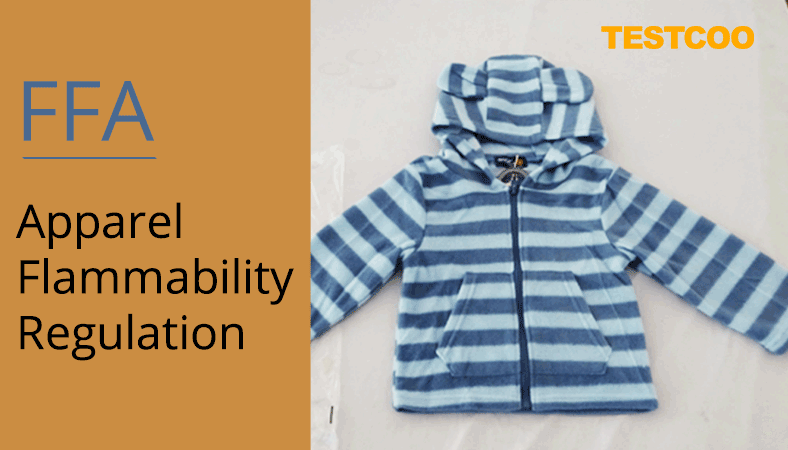
The Flammable Fabrics Act (FFA) regulates the flammability standards for the clothing textiles, vinyl plastic film, carpets and rugs, children's sleepwear and mattresses and mattress pads.
16 CFR Part 1610 – Standard for the Flammability of Clothing Textiles
16 CFR Part 1610 sets up flammability testing standards, methods, and performance requirements for textile clothing products. It is designed to keep dangerously flammable textiles and garments made of these textiles out of commerce.
Wearing apparel includes any costume or article of clothing that people wear. The regulation-16 CFR part 1610 applies to all wearing apparel, except the following items:
- Hats that do not cover the neck, face, or shoulders;
- Gloves that are 14 inches in length or shorter and are not attached to a garment;
- Footwear that does not consist, in whole or in part, of hosiery and is not attached to a garment;
- Interlining fabrics when they are intended or sold for use as a layer between an outer shell and an inner lining.
Most children's sleepwear must also meet more stringent flammability requirements.
16 CFR § 1610.4 specifies testing procedures to determine the flammability of textiles used in apparel as one of three classes of flammability. Specimens cut into 2-inch by 6-inch swatches must be tested to determine the class and hazard rating.
↵
How can garment manufacturers, importers, or retailers be sure that the fabrics or garments they sell are not dangerously flammable?
- You should purchase fabrics or garments made from the exempt fabrics.
- You should hire a third-party lab to conduct reasonable and representative testing on fabric (before cutting and sewing it into garments) or on finished garments.
- You should purchase fabrics or garments from a supplier who issues a guarantee that they comply with these flammability requirements.
Read more: 16 CFR § 1610 – CPSC Compliance Guide on the Standard for the Flammability of Clothing Textiles
16 CFR Part 1615 and Part 1616 – Standards for the Flammability of Children's Sleepwear
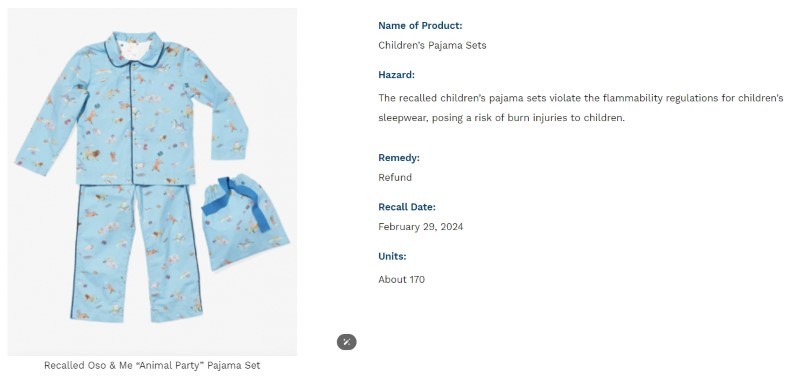
Oso & Me Recalls Children's Pajama Sets Due to Burn Hazard; Violation of the Federal Flammability Regulations for Children's Sleepwear
Children's sleepwear is any article of clothing, such as a nightgown, pajama, robe or loungewear, that is sized above 9 months and up to size 14 and that is intended to be worn primarily for sleeping or activities related to sleeping.
The purpose of these rules is to protect children from burns. These rules require that children's sleepwear must be flame resistant and self-extinguish if a flame from a candle, match, lighter or a similar item causes it to catch fire. The regulations cover all children's sleepwear above size 9 months and up to size 14 and require that:
- The fabric and garments must pass certain flammability tests; or
- Be "tight fitting" as defined by specified dimensions
16 CFR part 1615 sets for children's sleepwear sized above 9 months and up to 6X, and at 16 CFR part 1616 for children's sleepwear sized 7 through 14. The two rules contain basically the same requirements, with the main difference being the sizes of the garments covered by each.
Test methods of flammability for children's sleepwear
Testing for flammability involves selecting and testing a specified number of samples of three different items – fabric, prototype seams and trim , and production garment seams. Fabric (or garments) must be tested as produced (or after one laundering) and after 50 launderings. Depending on the results of testing, an item may be accepted, rejected, or require additional sampling and testing. In general, a sample of five specimens cannot have an average char length greater than 7.0 inches or have more than a specified number of individual 10 -inch char lengths.
Read more: 16 CFR § 1615 and 1616 – CPSC webpage on Children's Sleepwear Regulations
3. General Certificate of Conformity (GCC)-Additional Requirements for Adult Wearing Apparel
↵
Adult wearing apparel is required to have a General Certificate of Conformity (GCC). Manufacturers and importers of general-use products for which consumer product safety rules apply, such as adult wearing apparel, must certify, in a written GCC, based on testing or a reasonable testing program that the products comply with 16 CFR part 1610.
The General Certificate of Conformity (GCC) is a document that is self-issued by importers or manufacturers of non-children's products to demonstrate that the products:
- Have been tested according to the applicable CPSC's safety standards or regulations;
- Comply with the technical and regulatory requirements.
A GCC requires the following 7 elements:
4. American Association of Textile Chemists and Colorists (AATCC)
↵

American Association of Textile Chemists and Colorists (AATCC) is an organization that develops testing standards for the textile industry. AATCC testing standards cover different aspects of apparel quality control, including colorfastness, shrinkage, fabric quality, and seam quality.
AATCC standards improve durability, assure quality color levels, and aid the development of lasting textile products.
Here we list several standards that are relevant to apparel products:
5. Substantial Product Hazard List (16 CFR Part 1120) – Drawstrings in Children’s Upper Outerwear
The CPSC has listed children’s upper outerwear with hood and neck drawstrings in sizes 2T to 12 in Part 1120 – Substantial Product Hazard List because such products present a strangulation hazard to the children.
Importers and manufacturers of such products should make sure that their products comply with the requirements of ASTM F1816-97 Drawstrings on Children’s Upper Outerwear.
6. ASTM Textiles Standards
ASTM standards are generally voluntary standards that cover a wide range of product categories, including textiles. Some regulations may incorporate these standards by reference, making compliance with them mandatory.
Importers and manufacturers can use ASTM's standards to achieve product compliance. Here are several ASTM standards relevant to clothing and textiles:
7. Consumer Product Safety Improvement Act (CPSIA)
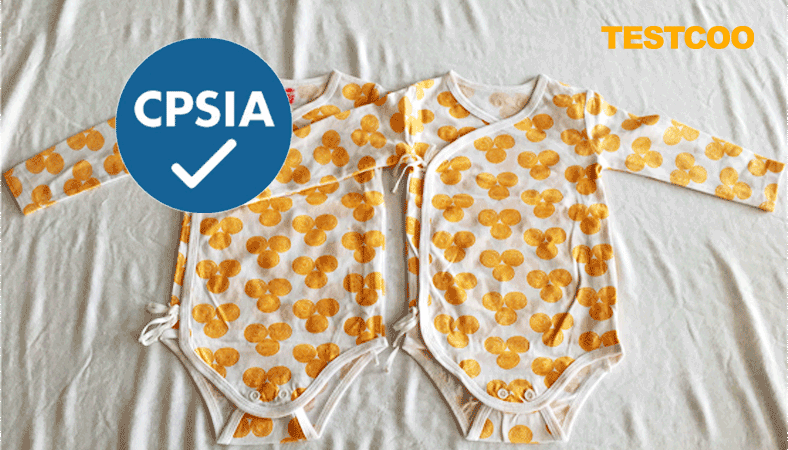
US manufacturers and importers are required to conduct chemical testing for compliance to the U.S. Consumer Product Safety Improvement Act (CPSIA).
The CPSIA included provisions addressing, among other things, lead, phthalates, toy safety, durable infant or toddler products, third-party testing and certification, tracking labels, imports, ATVs, civil and criminal penalties and SaferProducts.gov, a publically-searchable database of reports of harm.
The CPSIA restricts levels of hazardous materials in products, especially those for children. For apparel, this concerns details such as snap closures, zippers or decorative prints.
Federal law requires manufacturers and importers to test many consumer products for compliance with consumer product safety requirements. Based on passing test results, the manufacturer or importer must certify:
- the consumer product as compliant with the applicable consumer product safety requirements in a written or electronic certificate.
- Certificates are required to accompany the applicable product or shipment of products covered by the certificate
- a copy must be provided to retailers, distributors and, upon request, to the government.
8. Federal Hazardous Substances Act (FHSA)
The FHSA regulates household products that contain potentially dangerous substances such as corrosive, reactive, and toxic substances. The FHSA requires labeling to alert consumers about the potential hazards and what they need to do to protect themselves from those hazards.
The FHSA also covers flammable chemicals and fire retardants that are commonly used in the textile industry. Formaldehyde, which is a chemical substance used to increase wrinkle and crease resistance in textiles, is an example of a substance restricted under the FHSA.
The FHSA also gives the CPSC the authority to enforce violations of its requirements.
TESTCOO Inspection's Expertise in Apparel Quality Control
It is crucial to meet the required quality standards and regulations for wearing apparels manufactured, imported, and sold in the US. Importers or buyers who outsource or manufacture apparel from abroad must ensure their products manufactured under the quality control.
At TESTCOO, we are well-equipped to handle quality control inspections for apparel. With our network of inspectors located in key exporting cities across China, Asia, Europe, and Africa, we can provide prompt and efficient inspection service coverage for our clients.
Our quality control experts will help you determine which inspection and tests are required for your products to qualify to meet the US regulations, identify potential issues such as colorfastnesss, shrinkage, titching defects, fabric flaws. We can also ensure that the labeling and packaging of the apparel meet the CPSIA requirements, saving you time and money.
Let TESTCOO manage your quality inspection and testing protocol, ensuring quality, safe products that comply with applicable laws and regulations while keeping your customers be satisfied.
Contact us to learn more about our customized Apparel Quality Control and how we can help construct a safe supply chain.
Free Sample Report Performance Quality Control
Download a sample report to keep control of your supply chain!
Featured Articles
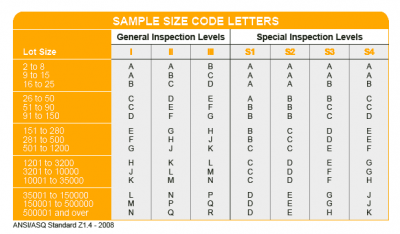 AQL Table | How to Read It
AQL Table | How to Read It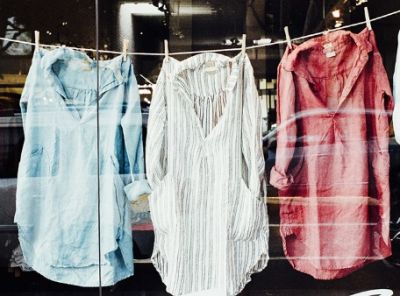 TOP 10 Common Defects in Garments Quality Inspection
TOP 10 Common Defects in Garments Quality Inspection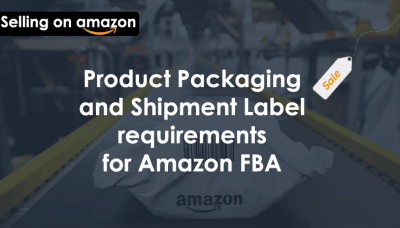 Product Packaging and Shipment Label requirements for Amazon FBA
Product Packaging and Shipment Label requirements for Amazon FBA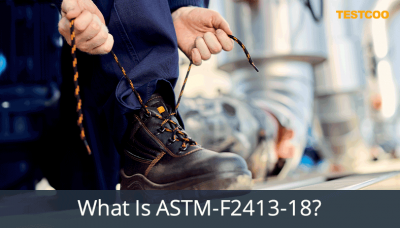 What Is ASTM-F2413-18? Protective Footwear Standard
What Is ASTM-F2413-18? Protective Footwear Standard How to Conduct Third-Party Quality Control Inspections for Electric Scooters
How to Conduct Third-Party Quality Control Inspections for Electric Scooters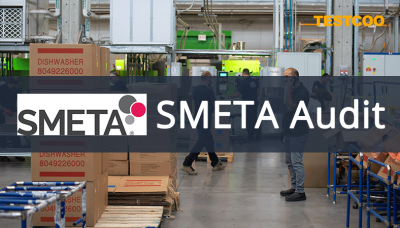 SMETA Audit-What is SMETA Audit?
SMETA Audit-What is SMETA Audit?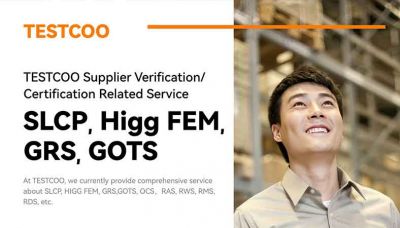 TESTCOO Supplier Verification/Certification Service SLCP, Higg FEM, GRS, GOTS
TESTCOO Supplier Verification/Certification Service SLCP, Higg FEM, GRS, GOTS Quality Control Inspection Company in China
Quality Control Inspection Company in China What is Quality Inspection? A Complete Guide
What is Quality Inspection? A Complete Guide Guidelines for Product Inspection in India
Guidelines for Product Inspection in India
Category
- Production Inspection Service
- Factory Audit
- Softline Inspection
- Hardline Inspection
- Electrics Inspection
- Certification
- Checklist
- Manufacturers
- Quality Assurance Basics
- Products Recall
- AQL
- Guidence and Standard
- News
- Supplier Management
- Amazon
- Protective Equipment
- e-commerce quality control
- Indian Manufacturing
- Soft Goods Quality Control
- Supply Chain Management
- Supply Chain Resilience
- E-Commerce Quality Control
- ISO 2859
- Supply Chain Optimization
- Garment Industry
- Higg Index
